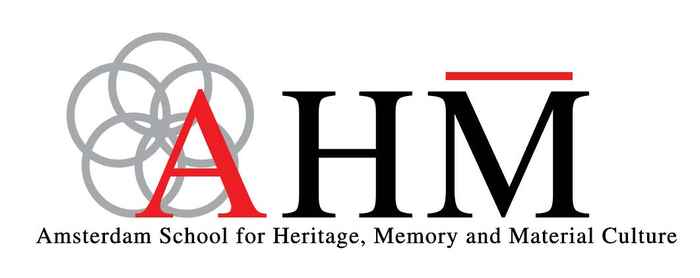PhD Defense: Moorea Hall-Aquitania
- Date
- 5 November 2025
- Time
- 14:00
- Location
- Aula - Lutherse kerk

This dissertation investigates the introduction, spread, and popularity of coloured grounds in Netherlandish painting between 1500 and 1650. Using an interdisciplinary approach, it combines technical analysis of paint samples, the creation of a large-scale database, economic and art market research, early modern art theory, and the study of artistic relationships and mobility. Together, these perspectives illuminate both the material and intellectual currents that made coloured grounds so popular at the turn of the seventeenth century.
At the core of this research is the Down to the Ground (DttG) database, which compiles 834 entries from decades of technical research alongside new analyses. This dataset—the largest of its kind for Netherlandish painting—provides a systematic foundation for tracing the introduction and spread of coloured grounds. It shows that their development was slow and non-linear, beginning in the early sixteenth century, and complicates the long-standing view that Italian models were their primary source.
The dissertation demonstrates that the rapid spread of coloured grounds around 1600 was driven by both practical and intellectual concerns. Coloured grounds offered artists greater efficiency and economy in a competitive art market. They also played a crucial role in achieving the optical and pictorial effects described by theorists such as Karel van Mander and Samuel van Hoogstraten. Case studies of Utrecht painters highlight how coloured grounds functioned within workshops and artistic networks, showing how material practices travelled and transformed.
Ultimately, this study argues that coloured grounds were more than technical innovations: they were strategic material choices that embodied evolving artistic priorities in the early modern Netherlands.
You can find UvA dissertations in the UvA-DARE database.
